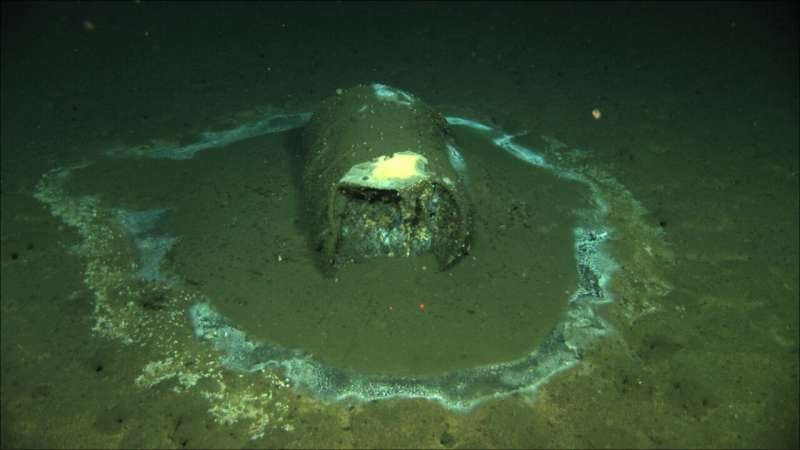Scientist: Extent of DDT dumping in Pacific is 'staggering'
Published on by Water Network Research, Official research team of The Water Network in Case Studies
The 27,345 "barrel-like" objects were captured in high-resolution images as part of a study by researchers at the University of California San Diego's Scripps Institution of Oceanography. They mapped more than 56 square miles (145 square kilometers) of seafloor between Santa Catalina Island and the Los Angeles coast in a region previously found to contain high levels of the toxic chemical in sediments and in the ecosystem.
Historical shipping logs show that industrial companies in Southern California used the basin as a dumping ground until 1972, when the Marine Protection, Research and Sanctuaries Act, also known as the Ocean Dumping Act, was enacted.
Disposing of industrial, military, nuclear and other hazardous waste was a pervasive global practice in the 20th century, according to researchers.
Resting deep in the ocean, the exact location and extent of the dumping was not known until now.
The territory covered was "staggering," said Eric Terrill, chief scientist of the expedition and director of the Marine Physical Laboratory at Scripps Institution of Oceanography.
Underwater drones using sonar technology captured the images of barrels resting 3,000 feet (900 meters) below the surface all along the steep seafloor that was surveyed.
"It really was a surprise to everybody who's worked with the data and who sailed at sea," Terrill told reporters Monday.
The survey provides "a wide-area map" of where the barrels are resting, though it will be up to others to confirm through sediment sampling that the containers hold DDT, Terrill said. It's estimated between 350 and 700 tons of DDT were dumped in the area, 12 miles (20 kilometers) from Los Angeles, and 8 miles (12 kilometers) from Catalina Island.
The long-term impact on marine life and humans is still unknown, said Scripps chemical oceanographer and professor of geosciences Lihini Aluwihare, who in 2015 co-authored a study that found high amounts of DDT and other man-made chemicals in the blubber of bottlenose dolphins that died of natural causes.
"These results also raise questions about the continued exposure and potential impacts on marine mammal health, especially in light of how DDT has been shown to have multi-generational impacts in humans," said Aluwihare, who was not part of the survey expedition.
Diana Aga, a chemistry professor at University at Buffalo who is not affiliated with the study, said the findings were shocking if the barrels are proven to contain the toxic chemical. "That's a lot of DDT at the bottom of the ocean," she said.
SOURCE AND FULL ARTICLE PHYS.ORG
Taxonomy
- Water Pollution
- Pollution
- Water Pollution Control
- Pollution
- Environment Protection and Pollution control
- Industrial Pollution
